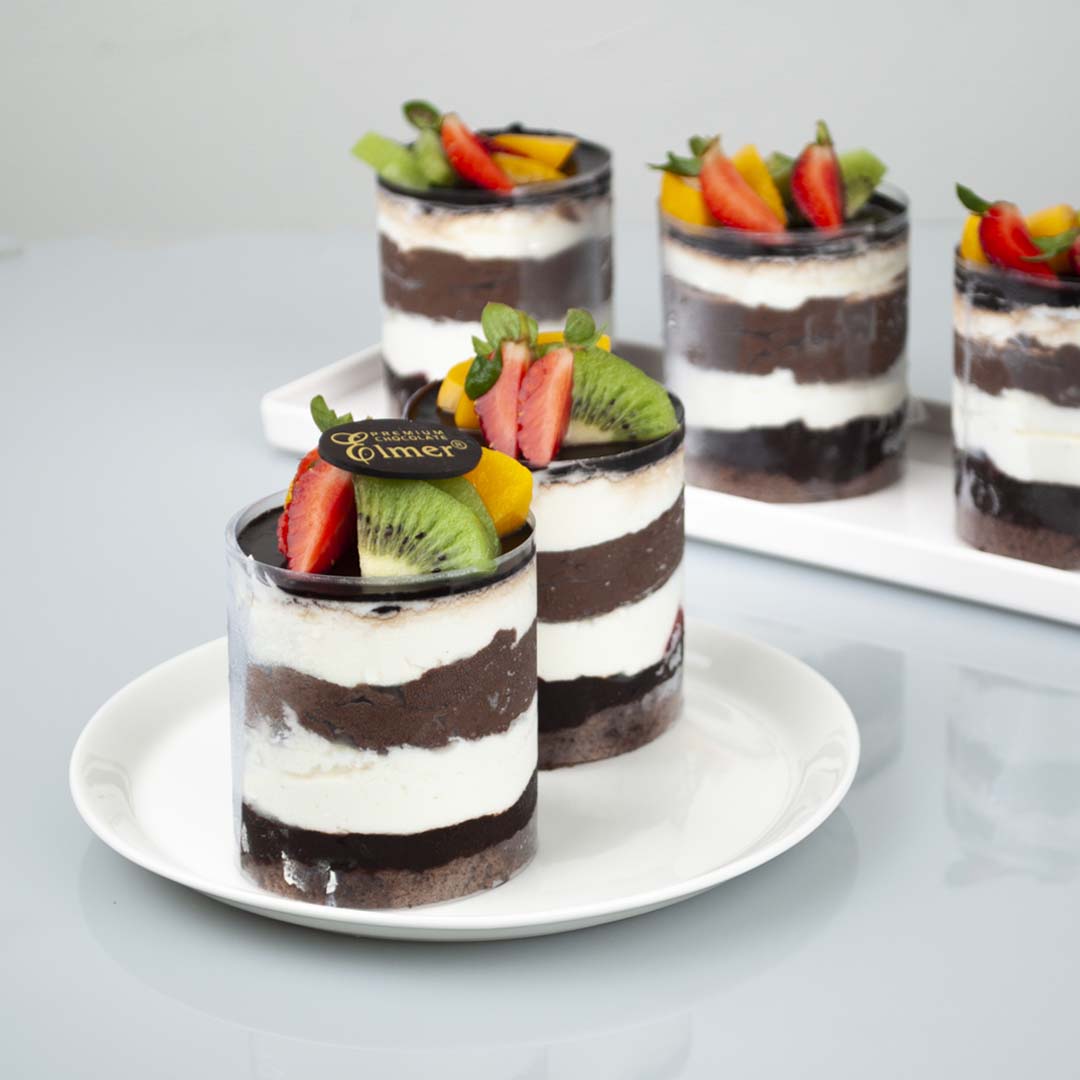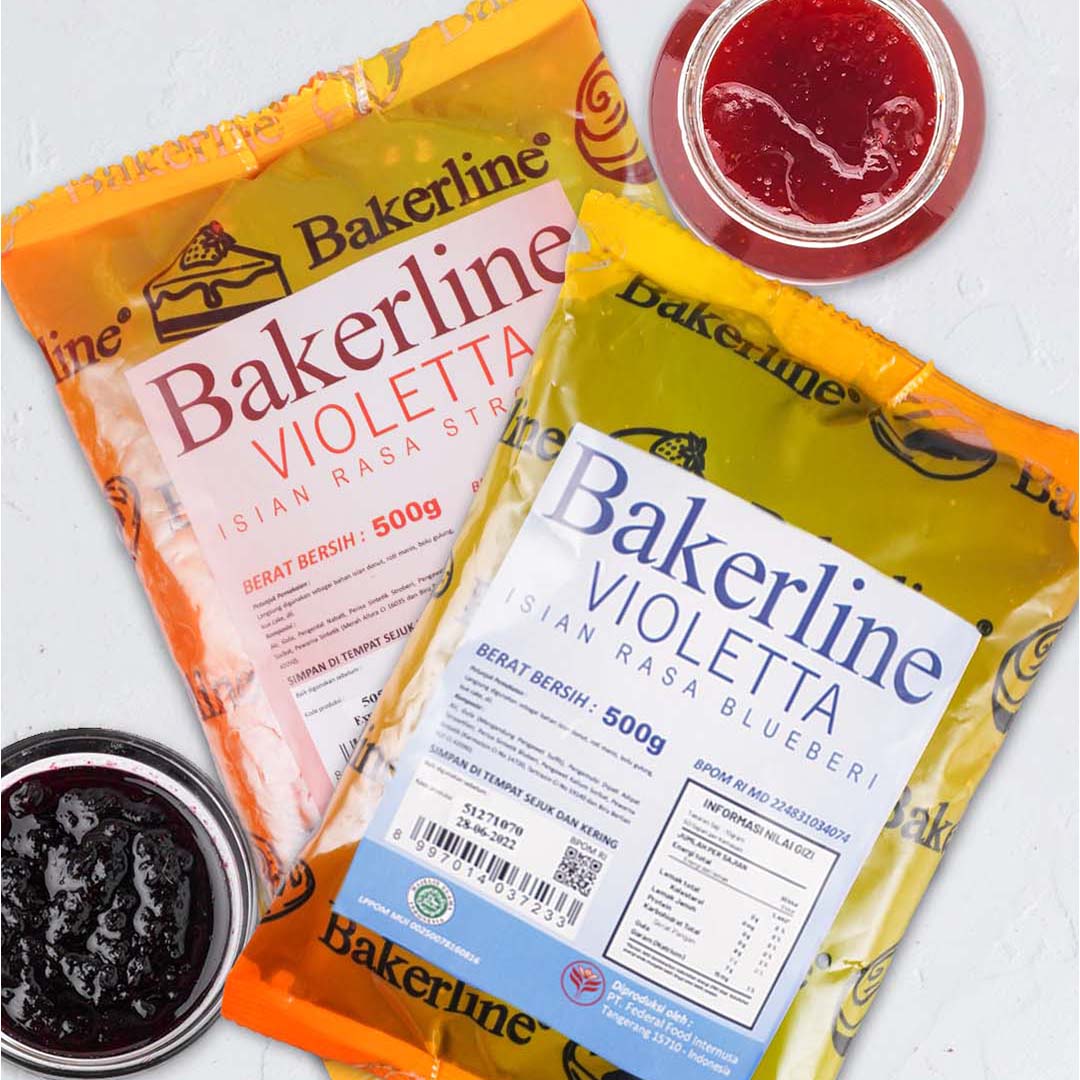The Importance of Food Plating in the Culinary Business

Taste and visuals have an essential role in the culinary industry to attract the attention of consumers and make them repeat orders! Through the right way of serving food, food will look more attractive, and appetizing, and provide a pleasant experience.
This way is known as food plating. Food plating is the art of preparing food aesthetically and temptingly before serving it to consumers. There are several reasons that Elmer Lovers need to know about the importance of food plating.
1. Increase the aesthetic value of food: Attractive visuals can increase the attractiveness of dishes and encourage consumers to immediately taste and enjoy them. It can build a positive, creative, and professional image from consumers toward their culinary business.
2. Improving the consumer's dining experience: Food will be more appetizing and provide a pleasant dining experience. This experience will give satisfaction to consumers. The hope is that consumers can do positive word of mouth both offline and online to other consumers.
3. Increasing product value and brand identity: Appropriate, neat, clean, beautiful presentation and delicious taste can convince consumers that they are getting the best quality food and service. This can also strengthen the brand image in the eyes of consumers.
Food plating can reduce consumer doubts about consuming food, then the business owners can make this an opportunity to justify higher selling prices. Therefore, food plating becomes an essential element in the food manufacturing process and assures consumers of the quality of the food served.
For food plating to be carried out successfully, there are basic principles that need to be considered, including:
1. Simplicity: Create a clean presentation so food can stand out on its own without displaying excessive plating. Choose one ingredient to focus on and leave room for other creations so consumers don't lose focus on the main menu.
2. Balance: Arrange food components symmetrically and in balance on a plate so that they look proportional. Avoid placing food elements too close together so it looks messy.
3. Color & Texture: The use of color must be appropriate so that the food looks more lively and appetizing. Apart from that, you also need to pay attention to the texture of the food, for example combining melted chocolate with crumbs as a decoration.
4. Use the right plate & clean that plate: The plate needs to be adjusted to the type of food so that it can highlight the main menu. After plating, make sure the edges and sides of the plate are clean from spills or smudges so that they are neat and look professional.
5. Be creative: The food plating process is a place to express creativity in serving food more beautifully and attractively. So don't be afraid to try new things!








